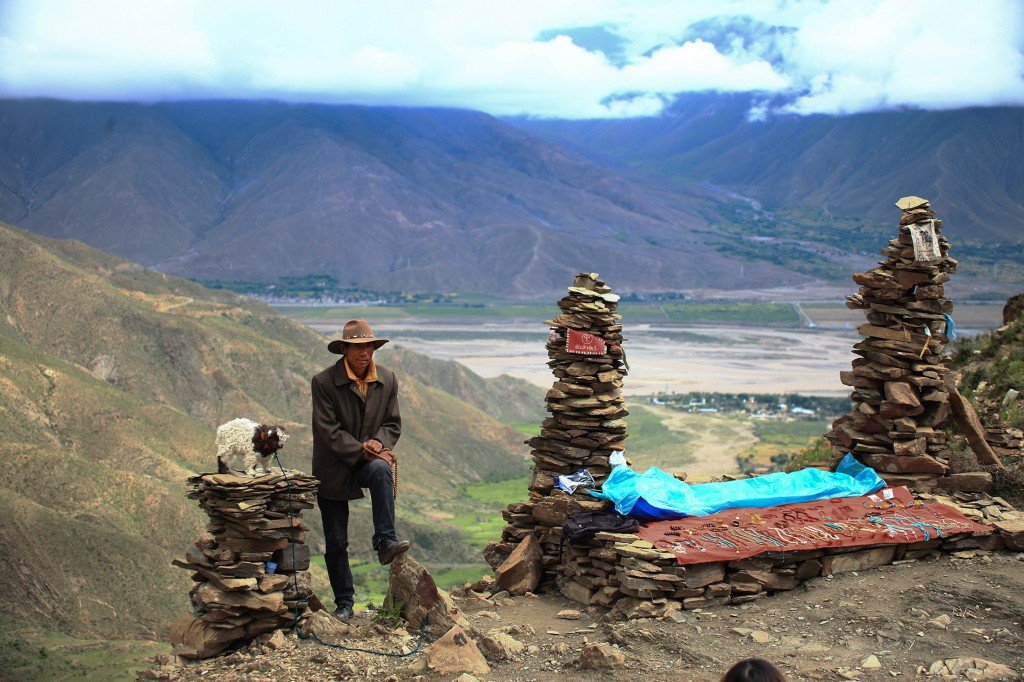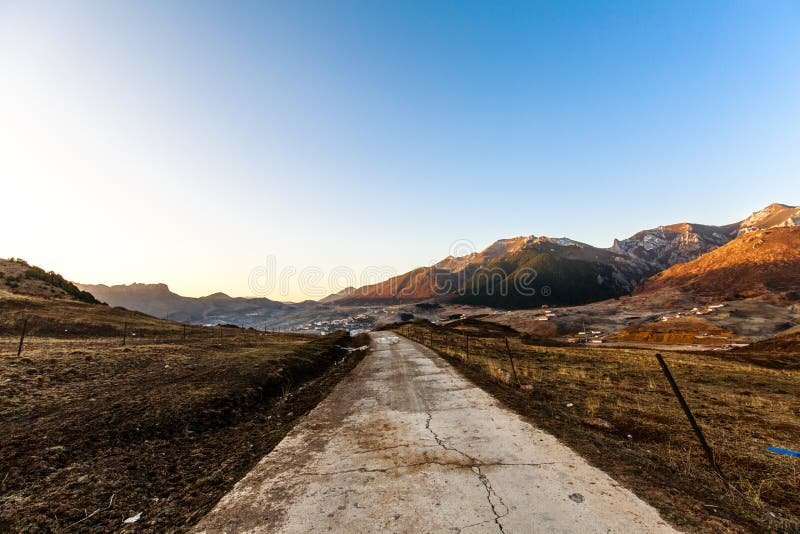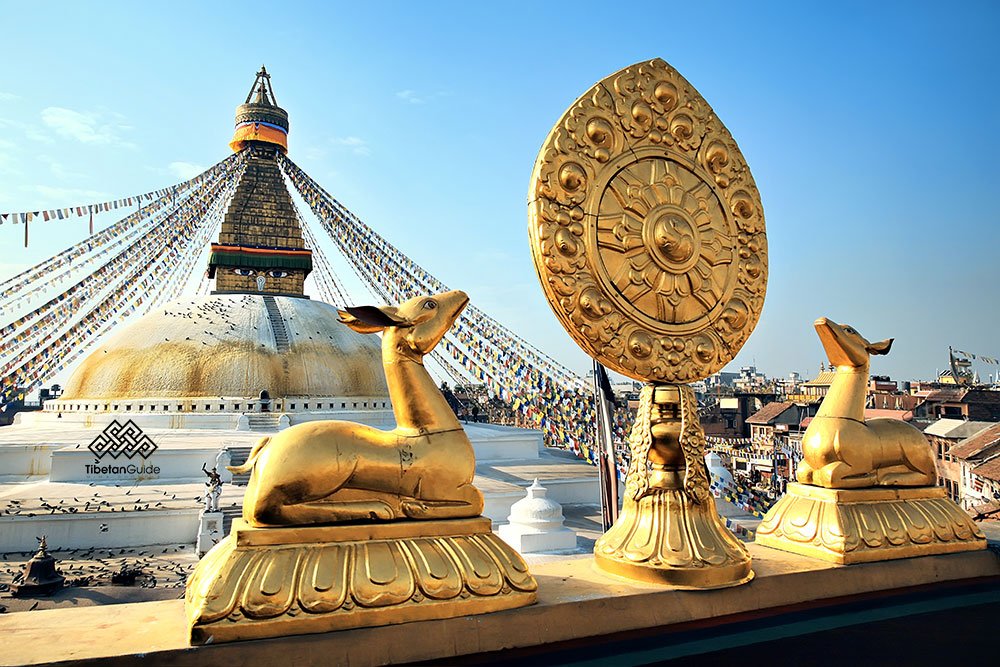Gateway To The Highlands: Entering Tibet From Nepal

Executive Summary

Entering Tibet from Nepal is a captivating experience, offering access to breathtaking landscapes and ancient cultural traditions. This comprehensive guide provides a detailed overview of the top five subtopics involved in planning and undertaking this extraordinary journey, highlighting key considerations for a successful and enriching adventure.

Introduction
Nestled in the heart of the Himalayas, Tibet beckons travelers with its allure of serene monasteries, vibrant prayer flags, and the mystique of the enigmatic Potala Palace. Enrich your expedition by crossing the border from Nepal to experience the unparalleled beauty and spiritual tranquility of this hallowed realm.
Planning Your Trek
1. Obtaining a Tibet Travel Permit
- Submit an application through a registered tour operator, providing your passport, visa, and itinerary.
- Clearly state your entry and exit points, as well as the duration of your stay in Tibet.
- Allow ample time for processing, typically 15-20 business days.
2. Choosing the Right Trekking Route
- Opt for the classic Friendship Highway, traversing the Gyirong Valley and Rongbuk Monastery.
- Explore the more challenging Everest Base Camp Trek, offering stunning views of Mount Everest.
- Consider the Kailash Kora, a sacred pilgrimage circumambulating Mount Kailash.
3. Physical Preparation
- Start training several months in advance to acclimatize to high altitudes.
- Gradually increase your elevation and distance while carrying a weighted backpack.
- Participate in aerobic activities to improve cardiovascular endurance.
Understanding the Culture
1. Respecting Tibetan Customs
- Dress modestly and cover your shoulders and knees in temples and monasteries.
- Be mindful of religious symbols and refrain from touching or stepping on them.
- Seek permission before photographing people or holy sites.
2. Communicating with Locals
- Mandarin Chinese is widely spoken, but Tibetan is also a prevalent language.
- Learn basic phrases, such as “hello,” “thank you,” and “excuse me.”
- Gestures and sign language can often convey basic necessities.
Essential Preparations
1. Altitude Considerations
- Carry portable oxygen tanks for emergencies at high altitudes.
- Ascend gradually and take rest days to acclimatize properly.
- Drink plenty of fluids and avoid strenuous activities upon arrival.
2. Health and Hygiene
- Consult a travel doctor for necessary vaccinations and preventatives.
- Bring essential first aid supplies, including antiseptic, pain relievers, and diarrhea remedies.
- Maintain proper hydration and practice good hygiene to prevent illness.
3. Safety Precautions
- Register with your country’s embassy and inform them of your itinerary.
- Carry essential gear, such as a whistle, flashlight, and multi-tool.
- Be aware of your surroundings and stay on designated trails.
Conclusion
Embarking on a journey from Nepal to Tibet is a transformative experience that will leave an enduring imprint on your soul. By embracing the local culture, respecting the environment, and preparing meticulously for the challenges ahead, you can unlock the wonders of this sacred realm and create memories that will last a lifetime.
Keyword Phrase Tags
- Nepal-Tibet border crossing
- Tibet travel permit
- Trekking in Tibet
- Tibetan culture and customs
- Essentials for Tibet travel